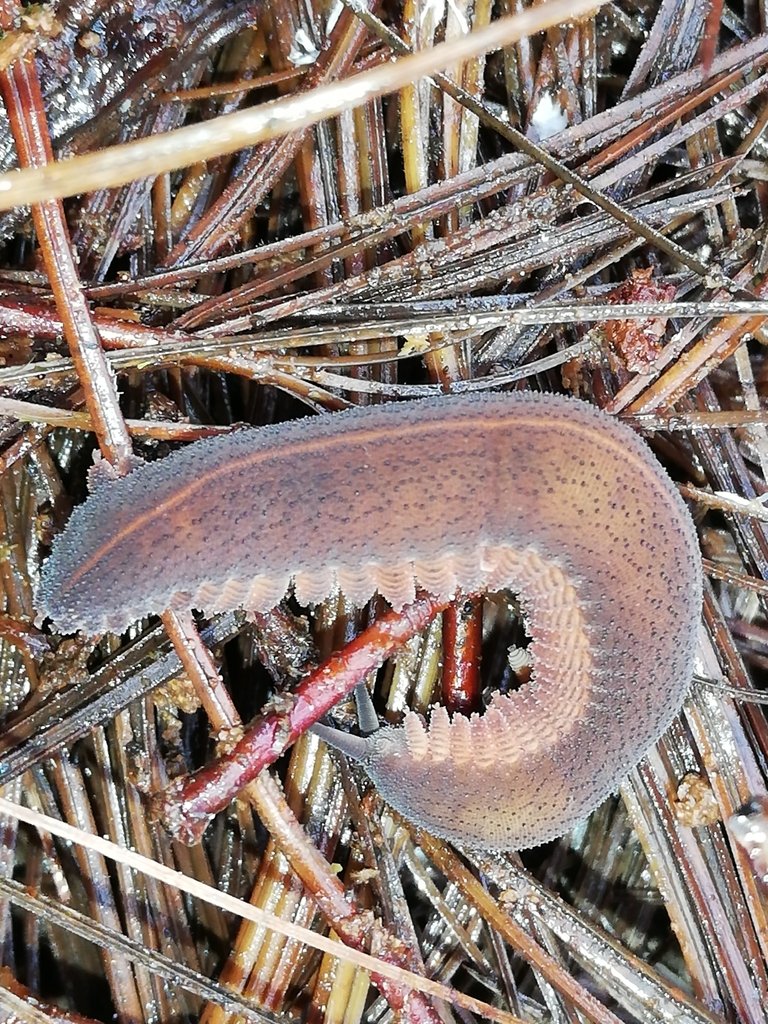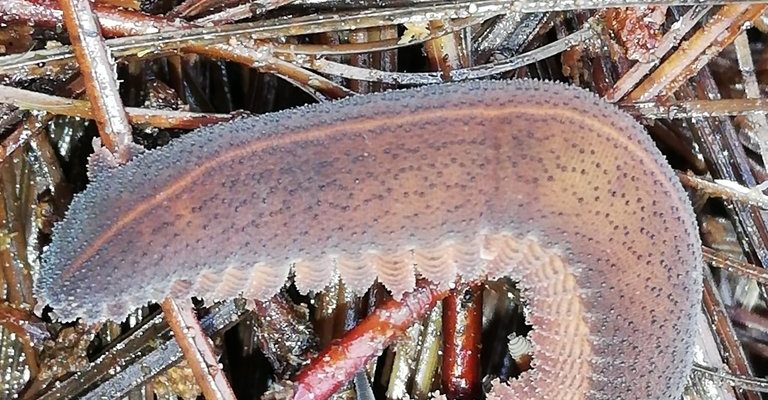
Now, why should we care about them? For starters, documenting velvet worm populations helps scientists understand biodiversity and monitor the health of ecosystems. But here’s the cool part: you can get involved! Citizen science lets everyday folks like you and me contribute valuable data to researchers. It’s like being a detective in your own backyard, helping to piece together the mysteries of our natural world. So, grab your notepad, and let’s dive into how you can jump into documenting velvet worm populations!
Let’s start by understanding what velvet worms really are. Picture them as a blend between an earthworm and a caterpillar. These creatures have elongated, soft bodies covered in tiny hairs, giving them a velvety appearance—hence the name. They usually measure about 5 to 10 centimeters in length and have numerous pairs of stubby legs, ranging from 13 to 43, depending on the species.
Velvet worms are **predators**! Their hunting method is quite fascinating. They can shoot a sticky slime to capture their prey, which usually consists of insects and other small invertebrates. This gooey strategy helps them snag lunch in a pretty unique way. It’s almost like they have their own version of a “web,” but instead of spinning silk, they use sticky secretions.
Everything in nature has its role, and velvet worms are no exception. They contribute to the ecosystem by helping control insect populations. More importantly, they serve as **bioindicators**. This means their presence or absence can tell us a lot about environmental health. If velvet worms are thriving, it indicates a healthy, moist habitat, while a decline in their numbers could signal issues like habitat degradation or climate change.
Moreover, studying these fascinating creatures can also lead to discoveries about evolution and genetic diversity. Their ancient lineage offers insight into how life has adapted over millions of years. So, the next time you spot a velvet worm, remember—you’re looking at a tiny piece of history!
You might be wondering, “How can I help with documenting velvet worms?” The process is surprisingly straightforward! Here are some steps to get you started:
1. **Choose Your Area**: Find a local park, forest, or even your garden where velvet worms might live. They prefer moist, shaded environments, so look in leaf litter or under rocks.
2. **Observation**: Spend some time in your chosen area. Look under logs, rocks, and in damp spots. Be patient; these creatures can be elusive!
3. **Take Notes**: Document your findings. Note the location, number of worms, and their behavior. Are they moving or resting? This information is vital for scientists.
4. **Submit Your Findings**: Join citizen science platforms like iNaturalist or local wildlife organizations to share your observations. This data helps researchers track velvet worm populations and trends.
Getting involved in velvet worm research is a fantastic way to connect with nature and contribute to science. Plus, who doesn’t love bragging rights about finding these cool creatures?
When you’re out there hunting for velvet worms, it’s essential to do it responsibly. Here are some best practices to ensure you’re contributing positively:
– **Respect Their Habitat**: Avoid disturbing their environment. If you find a velvet worm, try not to remove it from its natural setting. Observation is key.
– **Use a Camera**: If you have a smartphone or camera, snap photos! This can help with identification and provides visual proof of your findings. Capture them in their natural habitats rather than forcing them into a jar.
– **Be Patient**: Remember that these creatures can be shy. They may take time to emerge, especially during dry periods. Patience is a virtue here!
– **Educate Others**: Share your discoveries with friends or family. The more people know about velvet worms, the more interest there will be in their conservation.
By following these practices, you’re not just documenting velvet worms; you’re becoming a steward of the environment!
Getting the tools you need for documenting velvet worms is easier than you think. Here’s a quick list to help you on your journey:
- Field Notebook: Essential for jotting down your observations and notes.
- Smartphone App: Use apps like iNaturalist or Seek to identify species and document your finds.
- Camera: A good camera (even your phone) helps capture the beauty of velvet worms.
- Guidebooks: Invest in a field guide about onychophorans or local biodiversity for better identification.
These tools will enhance your citizen science experience. Plus, they might even spark your interest in other aspects of nature!
You’re not alone on this journey. There are plenty of communities full of folks excited about documenting velvet worms and other wildlife. Here’s why connecting with others can amplify your efforts:
– **Shared Knowledge**: Joining a community means you can learn from seasoned experts. They can share tips, tricks, and insights that you might not find in books or on the internet.
– **Collaborative Projects**: Many groups engage in larger projects like bio blitzes or organized surveys. Participating can give you a sense of purpose and urgency in your observations.
– **Increased Visibility**: Engaging with others can help elevate the importance of velvet worms. When more people are aware, there’s a greater chance of conservation efforts and funding.
You can find communities online through social media groups, local conservation organizations, or even citizen science networks. Connecting with like-minded individuals can make your adventure much more rewarding!
As citizen science grows, so does the potential for new discoveries about velvet worms. Researchers are eager to learn more about their populations, behaviors, and habitats. Here’s where you come in—by documenting what you find, you’re contributing to this exciting field of study!
With climate change and habitat loss affecting many species, understanding velvet worm populations helps assess broader ecological shifts. The more data we have, the better equipped we are to address environmental challenges. It’s all connected!
So, as you embark on your velvet worm documentation journey, remember that every small observation counts. You could be part of something much larger than yourself—helping scientists make sense of our rapidly changing world.
In conclusion, documenting velvet worm populations is a fun, engaging way to connect with nature and contribute to crucial research. By observing, recording, and sharing your findings, you help scientists piece together the ecological puzzle. So, whether you’re in your backyard or exploring a nearby forest, become a velvet worm detective. The natural world is waiting for you, one squishy, velvety creature at a time!

